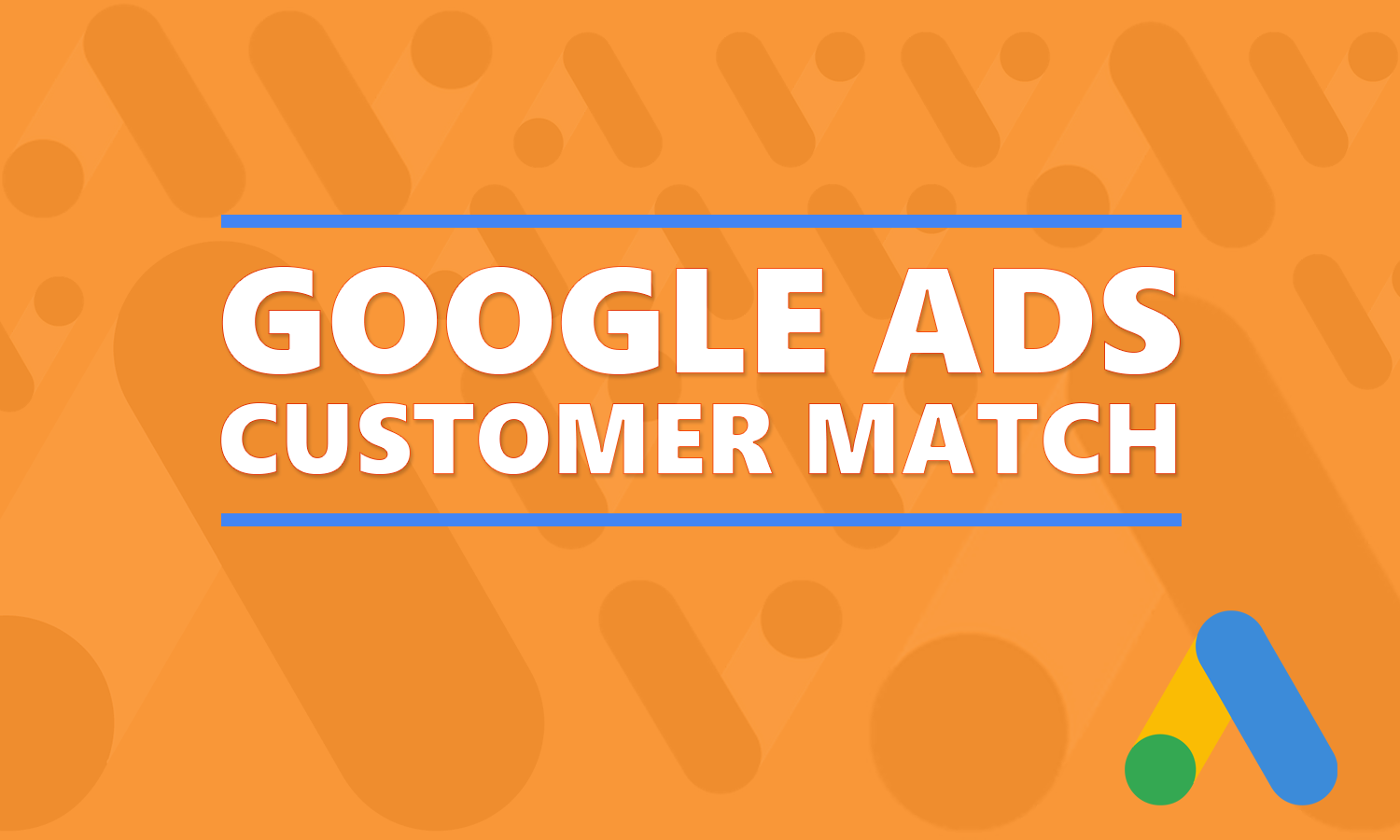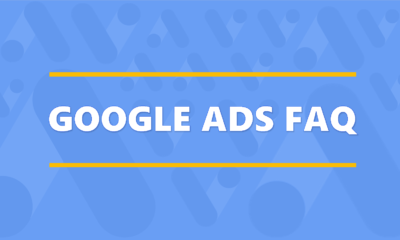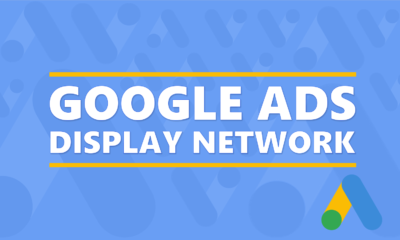With Google Ads, you can reach your audience in several different ways. The most common way that advertisers would show ads would be with keywords. These keywords could trigger ads to show in Google search. Other common ways include topics, affinity audiences, in-market audiences, placements and topics. With Customer Match, you can use Google Ads to target your customers using data they have shared with you.
Customer Match & 1st Party Data
For marketers and businesses who have been in the digital marketing space for a while, third-party cookies and 1st party data have become front and center lately. It started with Apple’s iOS privacy update in early 2021. You can read more about it here.
In short, Apple stopped sharing a bunch of data with Facebook, which had a negative impact on businesses advertising with Facebook.
In 2023, Google will be making some privacy changes that are going to get rid of third-party cookies. You can read more about it here.
Up until now, for the most part, online advertising relied heavily on third-party cookies (data) to help advertisers find their target audiences and serve them with advertising. As this wanes, using first-party data will become very important for advertisers. Google Ads management has only increased in complexity over the years and this change will certainly ad to that. It will be important to adapt to these changes and stay on top of n
Customer Match is how you can use first-party data with Google Ads. By sharing your customers’ unique, first-party data across Google’s platforms, Customer Match lets you deepen existing customer connections or create new ones in a privacy-safe manner. Because Google is phasing out cookie-based marketing due to privacy, browser, and regulation concerns, it’s becoming increasingly critical to acquire and use first-party data. In addition to maintaining the performance benefits you expect from Google, Customer Match is one of the most scalable product solutions for leveraging your first-party data.
Benefits Of Customer Match
Having a customer match strategy can help you deepen connections with your customers or acquire new ones. Here are a few of the benefits of customer match
Strengthen Relationships With Current Customers & Find New Ones
- You can connect your current customers with other products or services they might like.
- Acquire new customers with similar characteristics as your existing customers.
- You can reach your current clients with special offers and messaging.
- You can reawakening past customers who have gone dormant.
New Targeting Option For The Cookie-Less Digital World.
- Customer Match is a scalable alternative for audience targeting – first-party data will be key.
- Customer match lists are only going to grow in importance as we move towards a cookie-free world. Having these in place now and expanding them will help you to adapt to these changes.
Aid In Improving Automated Bidding & Targeting
- Smart Bidding and optimized targeting can use customer match lists to help improve performance.
Note
Customer Match lists will automatically be included in your Smart Bidding. Over the course of 2022 Google will start to integrate Customer Match into Smart Bidding. You can opt out of this if you would like to. Personally, I don’t se a good reason to opt out as this gives Google more data to use to improve your campaign performance.
How Customer Match Works
In order to use Customer Match you need to provide Google with this data in the form of a list. Typical customer data lists people will use for this include:
- Customer purchase data. For example, you can provide a list of everyone who has made a purchase from your eCommerce site in the past 12 months
- Newsletter sign ups. For example, you can provide a list of everyone who signed up for your newsletter in the past 6 months.
1st. Generate your list and upload it to Google Ads. Here’s instructions on how to do this along with a CSV file template you can use to get started.
2nd. Once you have the list uploaded, you can either create a new campaign that will use this list for targeting or you can add it to an existing campaign.
3rd. Now, when the customers on this list are logged into their Google account, they can see your ads on Google search, the display network, Youtube and Gmail.
How Google Uses Customer Match Data
Privacy has become a hot button issue in our ever growing digital world. People are becoming more and more concerned with how their data is used by digital giants like Google. Fortunately, Google understands and has a secure system in place for this type of customer data.
When you upload customer data into your Google Ads account, Google uses this data to match it to your customers Google accounts. When Google receives this data, it does not actually receive the names, email addresses, phone numbers or additional data you may upload. What Google does is turn this data into hashed codes using a cryptographic hash algorithm.
The customer data you upload will only be used for creating your Customer Match list and to ensure policy compliance. This data is not shared with any other entities or third parties. Additionally, Google only holds these data files for limited period of time. They state they will only keep the file for the period it takes to create the Customer Match audience. Once this is done, they will delete the file.
They also state that they will not use this data to enhance or build upon the profiles of the users on the list. If you have used Google or any of its products over the years, then they know who you are and have built some kind of a profile. Scary, but that is the brave new digital world we live in. So, I have my doubts on this part. I find it hard to believe that Google would not use this data that we freely give them, to do what it has done from its inception.
How To Upload A Customer Match List
The following instructions assume you have already created your list and it is formatted correctly. If you have not done this yet, just scroll up to the “how customer match works” section above for details.
- Log in to your Google Ads account.
- Click the tools icon Google Ads “Tools & Settings” icon in the top menu of your Google ads dashboard.
- In the dropdown menu, you will see a column titled “Shared library.” click on “Audience manager” from that column.
- Click on “Segments” on the Page Menu on the left.
- Click the blue plus button.
- From the dropdown options, click on “Customer list.”
- From here you can upload your file. Just make sure to choose the correct file type which is either a plain text data file or a hashed data file.
- Find your customer match file and upload it. You’ll have to check a box if you agree to some compliance policies.
- You have an option to set the membership duration if you would like. Set a membership The default setting is no time limit.
- Click Upload. This will create the list.
- You can view the progress of uploading your data file under “Audiences lists”. This process may take up to 48 hours to complete.
- Once your data has been successfully uploaded, you’ll see a success page. You will also be able to see the match rate percentage. This is the percentage of rows (individual contacts) that were matched and uploaded successfully.




